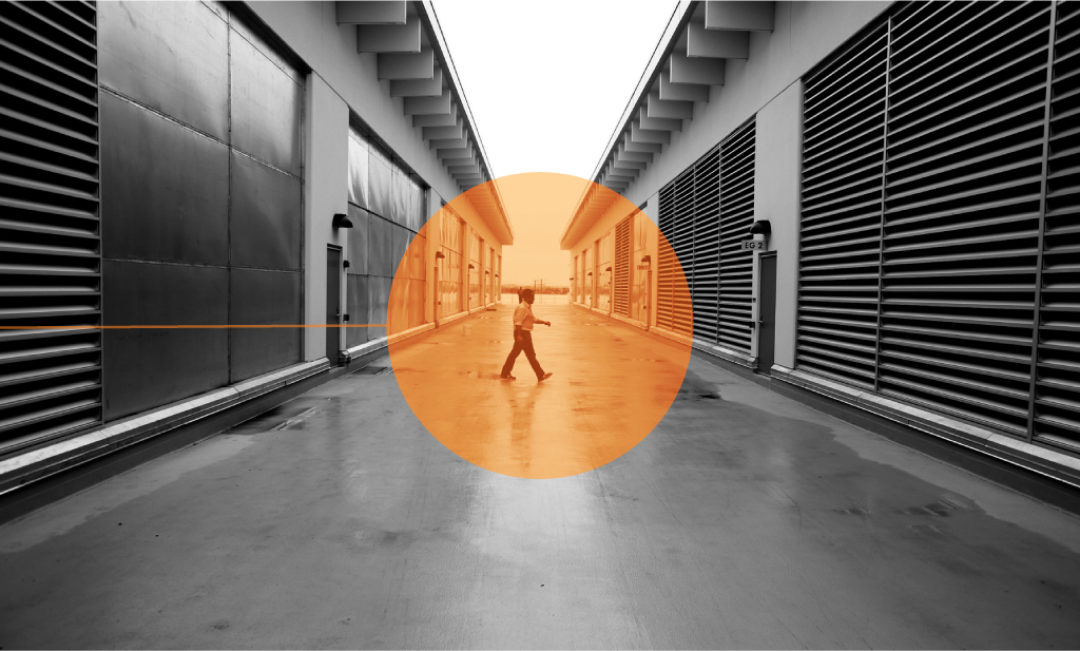
Enhanced interconnectivity
An AMS-IX Story

Phil Matte
Peering Facilitator
Background
Internet Exchange Points (IXPs) have an integral role in online infrastructure, providing enhanced efficiency, improved network performance, increased redundancy and reduced network costs. At an IXP, the networks of Internet Service Providers (ISPs), telecommunications carriers, Over-the-Top (OTT) content providers and other types of internet companies meet to exchange IP traffic with one another. Members or customers present at an IXP have the ability to peer, (i.e., exchange IP traffic) with all connected parties, allowing them to bypass multiple network hops and gain direct access to a host of networks to achieve lower latency across the network.
Challenge
In an attempt to connect its East and West Coast networks, Rackspace, a managed cloud provider, established its Midwest hub in downtown Chicago in March 2010. The third most fiber-connected city in the United States according to the research firm TeleGeography, Chicago is an excellent choice for the development of a nationwide network solution, yet it does come with some challenges.
Due to its highly connected infrastructure, Chicago is in high demand throughout the tech industry, causing data center space to become both expensive and highly limited. This poses significant difficulties for the management of Rackspace’s hosting and cloud architecture, which requires the ability to scale as needed in an affordable environment. In light of these issues, Rackspace chose to pursue colocation space outside of the city in order to continue providing optimal services for its customers. However, to be successful outside of downtown Chicago, it was critical to identify a data center location that could maintain stable, fast and cost-effective connectivity to end-users and business customers in a seamless manner.
Solution
To solve its need for colocation space that is cost-effective, scalable and complete with a range of connectivity options, Rackspace made the decision to colocate within the Open-IX (OIX)-certified DuPont Fabros Technology (DFT) CH2 data center in Elk Grove Village, Illinois, a suburb located about 25 miles west of downtown Chicago.
Internet Exchange AMS-IX Chicago is currently hosted in three data centers in the greater Chicago metro area, including DFT CH2, which is located across the street from DFT’s CH1 facility. As the only IXP present within this data center, AMS-IX Chicago is Open-IX certified and provides DFT CH2 customers, including Rackspace, the opportunity to peer with parties located in separate facilities without the need for expansion into additional locations. Offering connectivity options ranging from 100 megabits per second to 100 gigabits per second-plus, the AMS-IX peering service enables customers to interconnect with a variety of networks for the direct exchange of internet traffic. Additionally, DFT’s CH1 customers can connect to the IXP seamlessly using DFT’s Inter-Data Center Dark Fiber service.
Results
Leveraging AMS-IX Chicago’s peering services, Rackspace has now established interconnections with multiple parties in other data centers. This interconnectivity has helped Rackspace develop enhanced network redundancy, enabling the maintenance of a 100 percent network uptime Service Level Agreement (SLA). In addition, because the AMS-IX node is located less than 100 meters from DFT CH2, Rackspace is not subject to any third-party, last mile fees, keeping peering costs as low as possible.
AMS-IX Chicago’s presence at DFT CH2 data center continues to attract additional parties to the facility that seek affordable, effective and direct interconnectivity to a host of networks.
Jan Brooks, Senior Network Engineer at Rackspace says:
“At Rackspace, we are dedicated to providing our customers with expert cloud services and solutions in order to facilitate their success. DFT CH2 and AMS-IX have made this possible, offering an affordable mission-critical environment capable of continued expansion as well as an advanced solution to network interconnectivity through direct internet peering abilities.”
Vinay Nagpal, VP of Product Management at DuPont Fabros Technology adds:
“After they had established two additional Points of Presence in downtown Chicago, we were pleased to work with AMS-IX as they selected the DFT CH2 data center to expand into the suburban market. Their presence within our facility has allowed us to offer our customers peering options that were previously unavailable, making our facility increasingly attractive within the colocation market.”
You might also be interested in
Subscribe to our newsletter
Got a question?
© 2025 - Amsterdam Internet Exchange Terms of Use General Terms and Conditions Privacy Statement Glossary Page
Trade register: 34128666